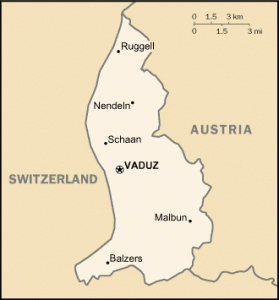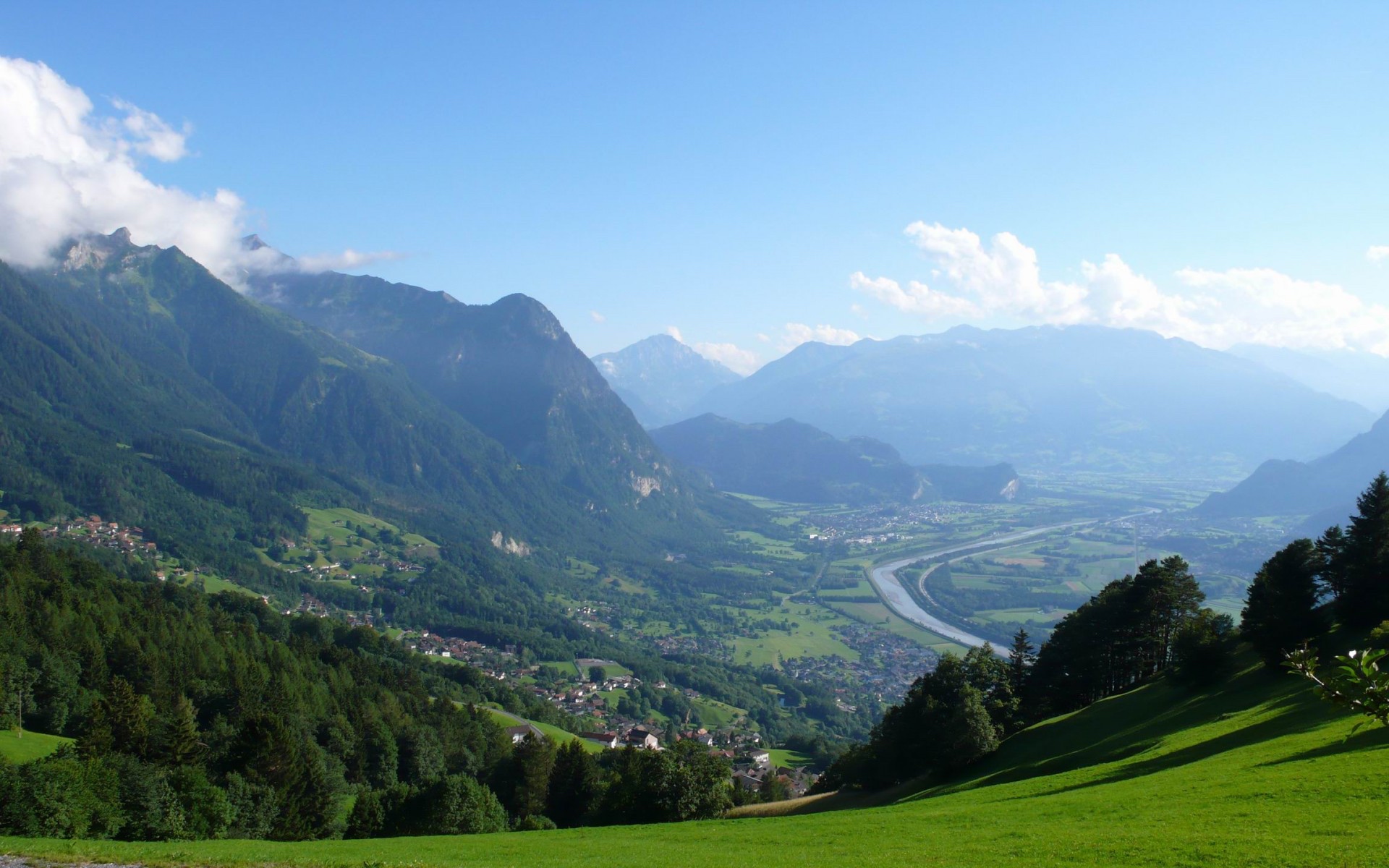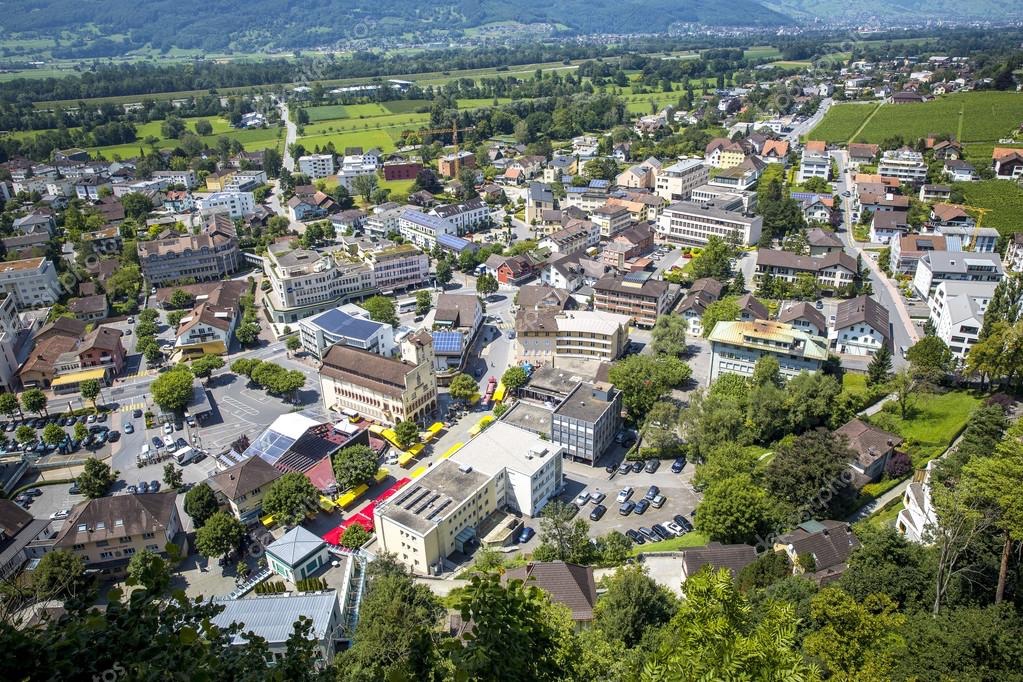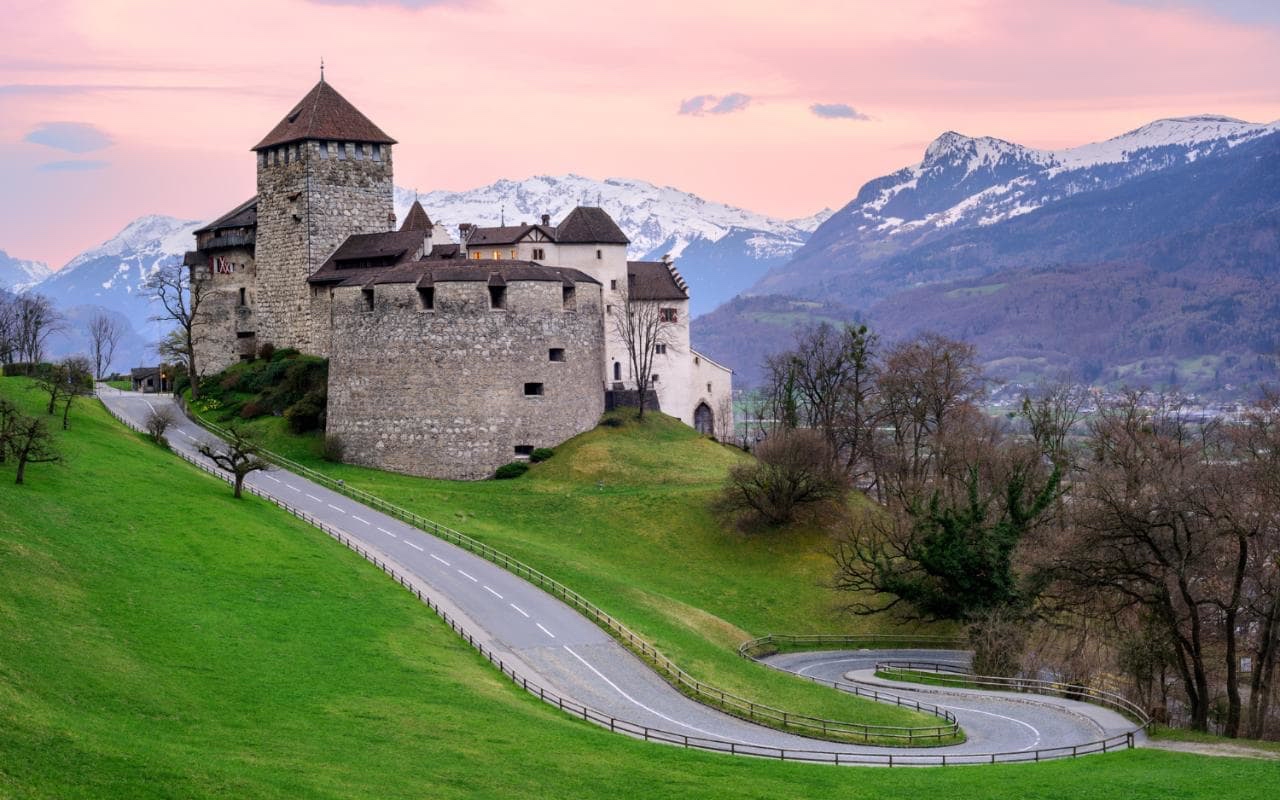Liechtenstein March 11, 2020 AELE , Alps , Austria , Central Europe , Confédération germanique , Europe , European Free Trade Association , fiscal paradise , Fürstentum Liechtenstein , german , German language , héliport , landlocked country , Lichtenstein , Liechtenstein , Monarchie constitutionnelle , monarchy , mountains , pays sans aéroport , Principauté , Principauté de Liechtenstein , Rhine , Rhine River , Schaan , Switzerland , Vaduz , Western Europe Official name Principality of Liechtenstein Name in local language Fürstentum Liechtenstein (de) Continent Europe Subcontinent Europe (outside the European Union) Population (ranking: 227e ) 38,114 inhabitants (2018) Population growth 0.80 % / year Area 160 km² Density 238.21 inhabitants / km² GDP (ranking: 166e )6.215 billions $USD (2016) GDP/capita (ranking ) 165,028 $USD (2016) GDP growth -1.16 % / year (2016) Life expectancy (ranking ) 80.50 years (2018) Birth rate 10.40 ‰ (2017) Fertility rate 1.69 children / woman (2017) Death rate (ranking ) 7.40 ‰ (2017) Infant mortality rate (ranking ) 4.30 ‰ (2016) Literacy rate 100.00 % (2018) Official languages German Currency Swiss franc (CHF) HDI (ranking: 30e )0.917 / 1 (2018) EPI (ranking )0.00 (2018) Government Unitary parliamentary constitutional monarchy Head of State Prince Hans-Adam II National Day 15 August ISO Codes LI, LIE Demonym Liechtensteiner Tourists (ranking ) 79,000 people (2017)
Liechtenstein is an alpine country in central (or western) Europe, without access to the sea , bordered by Switzerland to the west and south and by Austria to the east and north. It is one of the smallest countries in Europe, and the world.
Valley in Liechtenstein Vaduz, capital city of Liechtenstein Castle of Vaduz, residence of the princely family, Liechtenstein Urban areas (2018) Urban areas Population Vaduz–Buchs (Switzerland) 62,810 inhabitants
Administrative divisions Municipalities Population Area Balzers 4,590 inhabitants 20 km² Eschen 4,385 inhabitants 10 km² Gamprin 1,658 inhabitants 6 km² Mauren 4,344 inhabitants 7 km² Planken 456 inhabitants 5 km² Ruggell 2,268 inhabitants 7 km² Schaan 6,039 inhabitants 27 km² Schellenberg 1,084 inhabitants 4 km² Triesen 5,156 inhabitants 26 km² Triesenberg 2,608 inhabitants 30 km² Vaduz 5,526 inhabitants 17 km²
See also 




